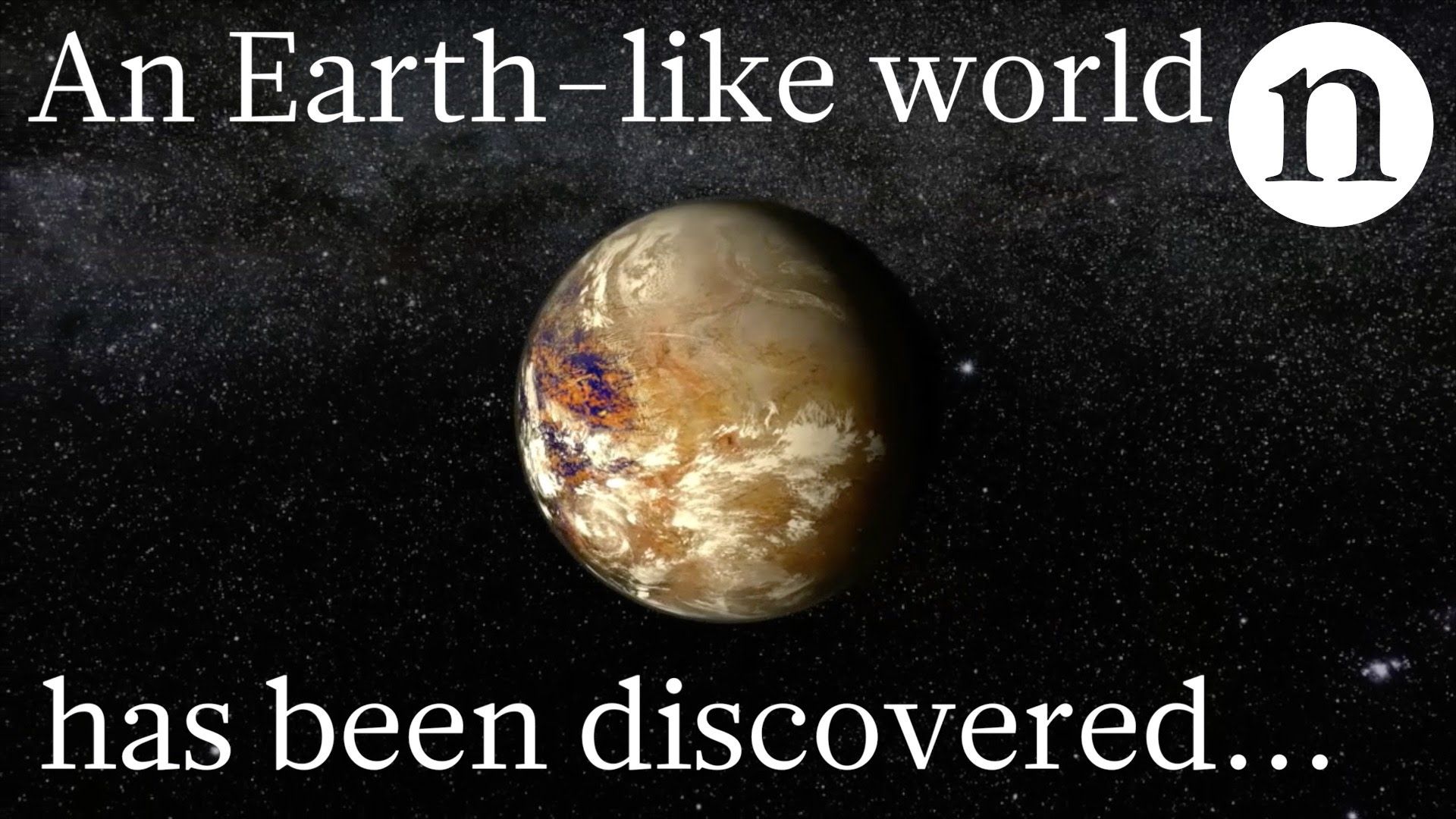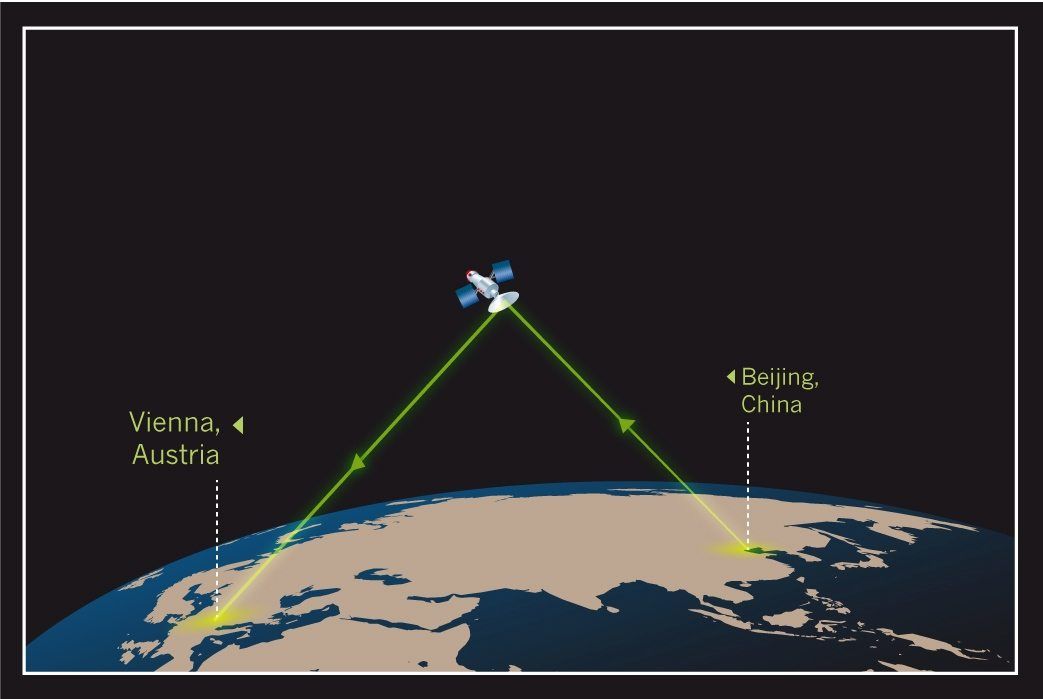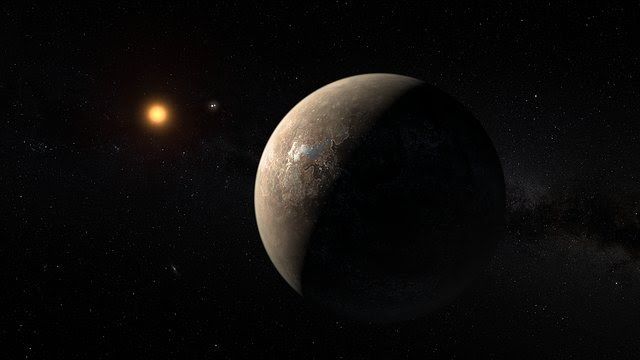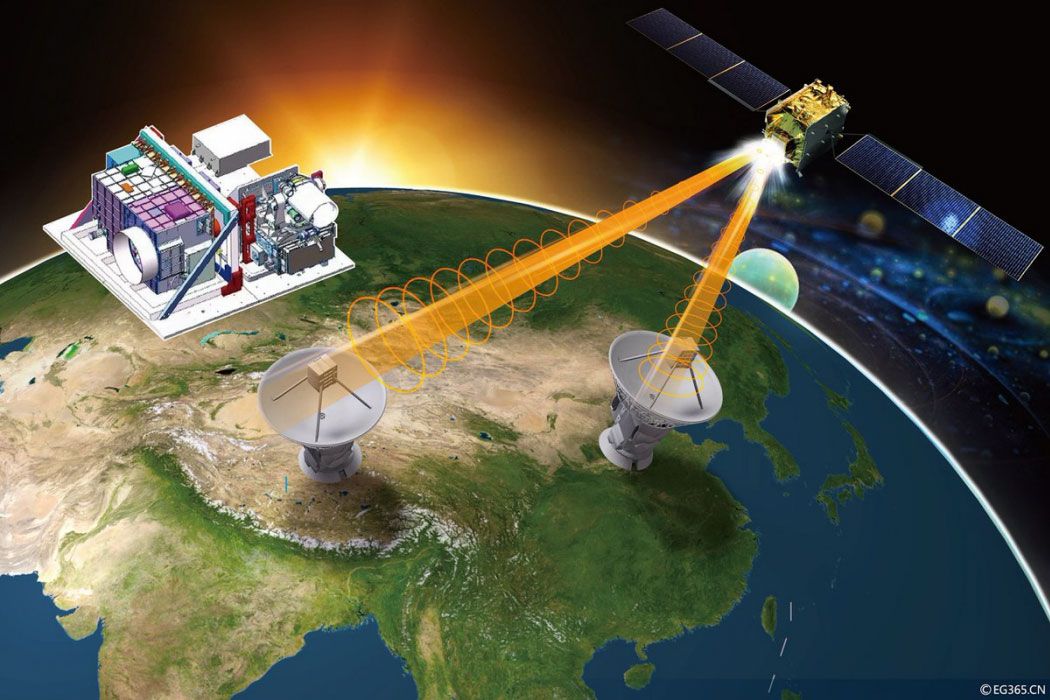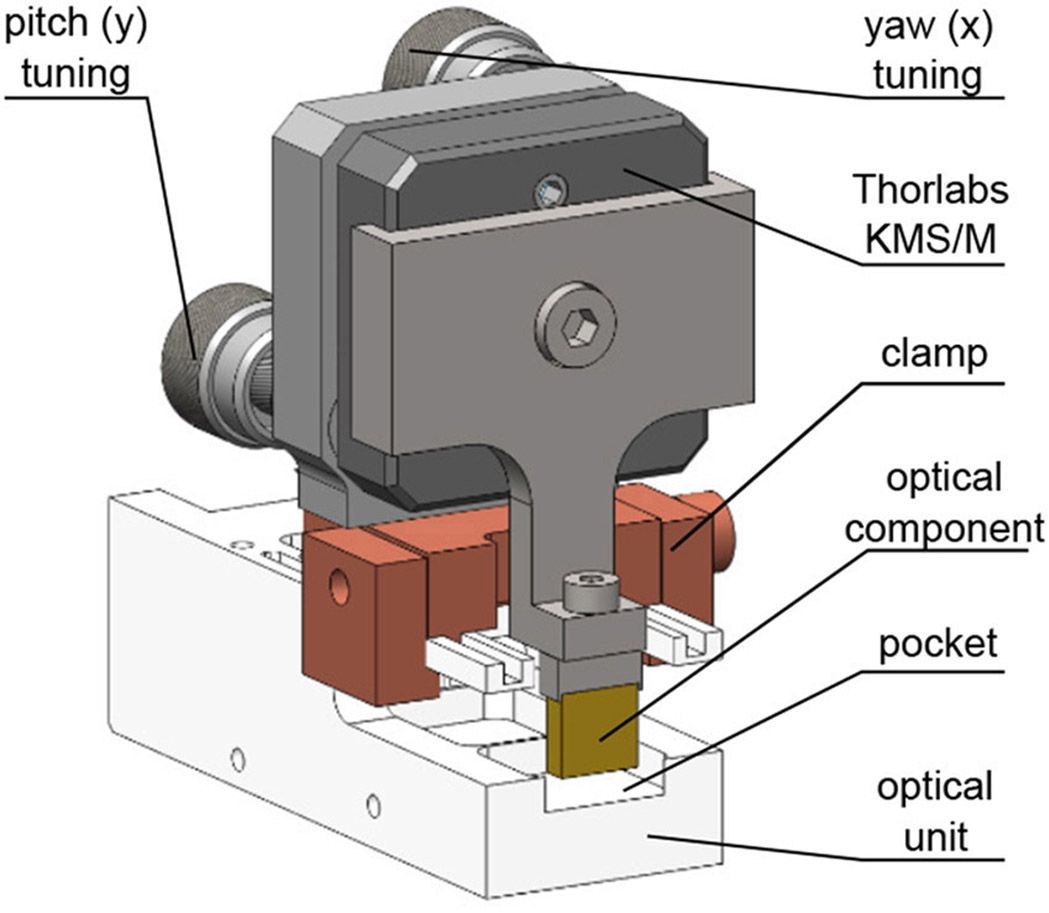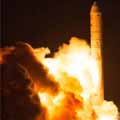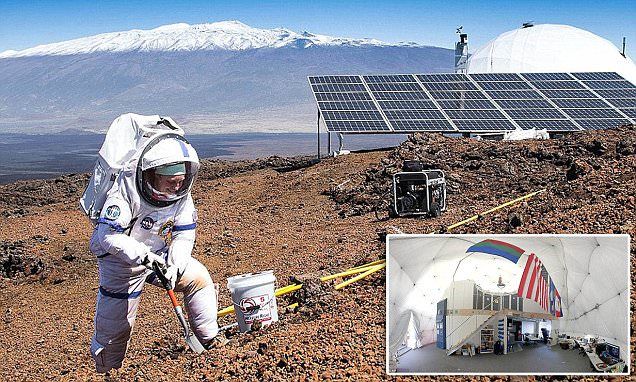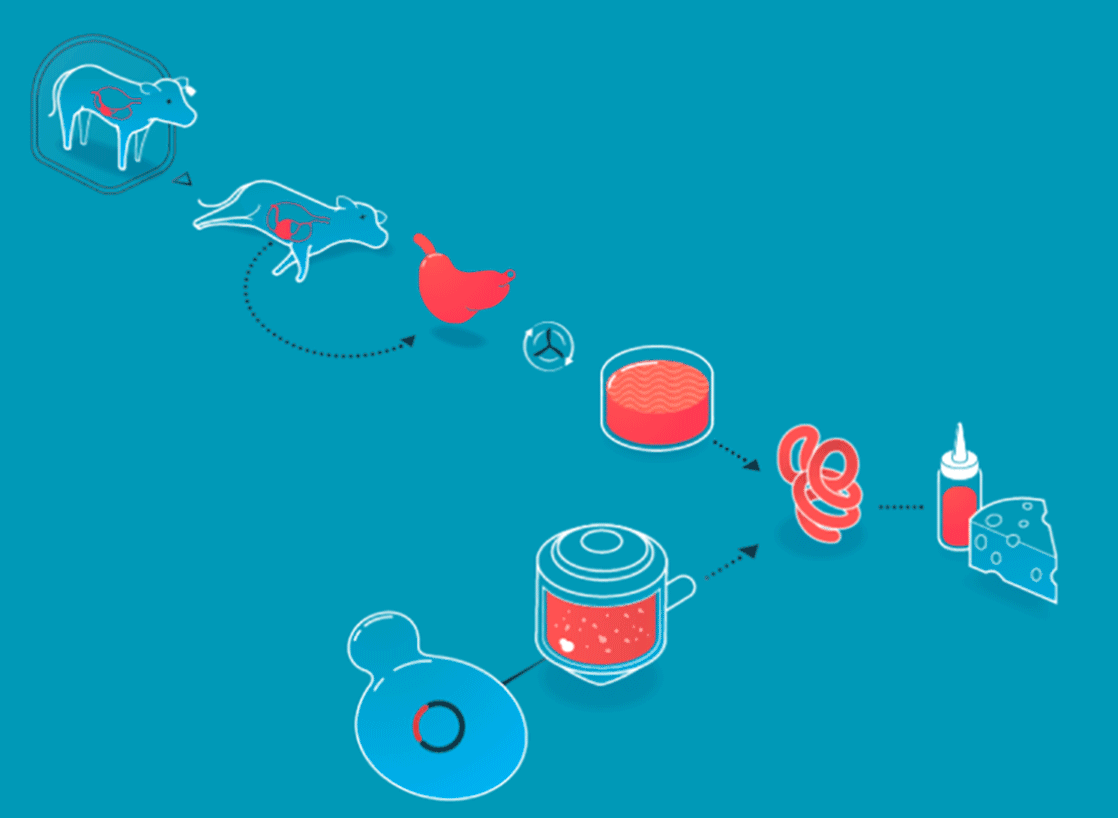Aug 24, 2016
New Earth-Like Exoplanet Could Be Discovery of the Century
Posted by Karen Hurst in category: space
In what’s being hailed as one of the biggest astronomical discoveries of the century, scientists with the European Southern Observatory (ESO) today confirmed the discovery of an Earth-like exoplanet in the habitable zone of Proxima Centauri-our nearest neighboring star. Details of the team’s discovery were just published in Nature.
Rumors of a possible Earth-like exoplanet first surfaced on August 12 in the German weekly Der Spiegel. Citing an anonymous source with the La Silla Observatory research team, the magazine claimed the rumored planet “is believed to be Earth-like and orbits at a distance to Proxima Centauri that could allow it to have liquid water on its surface-an important requirement for the emergence of life.”
Continue reading “New Earth-Like Exoplanet Could Be Discovery of the Century” »
